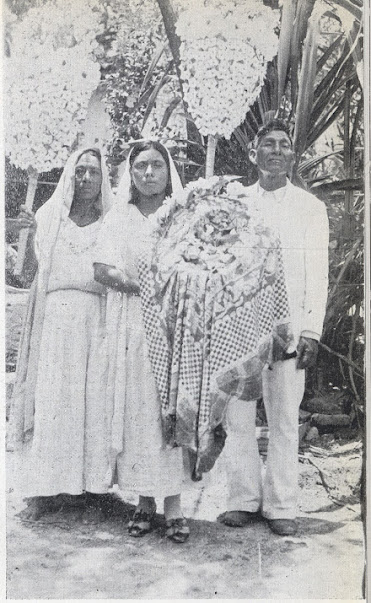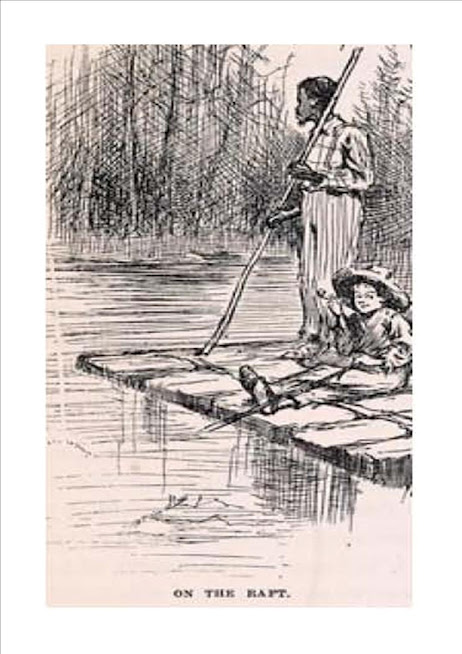Arte náhuat-pipil. De la tipología al posesivo
Rafael Lara-Martínez / New Mexico Tech / USA
Vol. V edición Nº 19

From the first Puritans in America to the last decades of the nineteenth century: children and nature in The Scarlet Letter and Adventures of Huckleberry Finn
Ana Abril Hernández / Universidad Complutense de Madrid / España
Vol. V edición Nº 19

Poesía y convivencia multicultural
Fernando Gil Villa / Universidad de Salamanca / España
Vol. V edición Nº 19

Secciones
- Ensayos / Essays
- Entrevistas / Interviews
- Investigación de Pregrado / Undergraduate Research
- Noticias / News
- Ponencias / Conference Papers
- Reseñas / Reviews
- Teatro Latinoamericano / Latin American Theater
Ediciones Anteriores
Previous Issues
- Vol. XIII Edición N° 50
- Vol. XIII Edición N° 49
- Vol. XII Edición N° 48
- Vol. XII Edición N° 47
- Vol. XII Edición N° 46
- Vol. XII Edición N° 45
- Vol. XI Edición N° 44
- Vol. XI Edición Nº 43
- Vol. XI Edición Nº 42
- Vol. XI Edición Nº 41
- Vol. X Edición Nº 40
- Vol. X Edición Nº 39
- Vol. X Edición Nº 38
- Vol. X Edición Nº 37
- Vol. IX Edición Nº 36
- Vol. IX Edición Nº 35
- Vol. IX Edición Nº 34
- Vol. IX Edición N° 33
- Vol. VIII Edición N° 32
- Vol. VIII Edición N° 31
- Vol. VIII Edición N° 30
- Vol. VIII Edición Nº 29
- Vol. VII Edición Nº 28
- Vol. VII Edición N° 27
- Vol. VII Edición N° 26
- Vol. VI Edición N° 25
- Vol. VI Edición N° 24
- Vol. VI Edición N° 23
- Vol. VI Edición N° 22
- Vol. V Edición N° 21
- Vol. V Edición Nº 20
- Vol. V edición Nº 19
- Vol. V Edición Nº 18
- Vol. IV Edición Nº 17
- Vol. IV Edición Nº 16
- Vol. IV Edición Nº 15
- Vol. IV Edición Nº 14
- Vol. III Edición Nº 13
- Vol. III Edición Nº 12
- Vol. III Edición Nº 11
- Vol. III Edición Nº 10
- Vol. II Edición No. 9
- Vol. II Edición No. 8
- Vol. II Edición No. 7
- Vol. II Edición No. 6
- Vol. I Edición No. 5
- Vol. I Edición No. 4
- Vol. I Edición No. 3
- Vol. I Edición No. 2
- Vol. I Edición No. 1
© 2024 todos los derechos reservados por Argus-a. Diseñado por Tecneg
